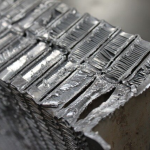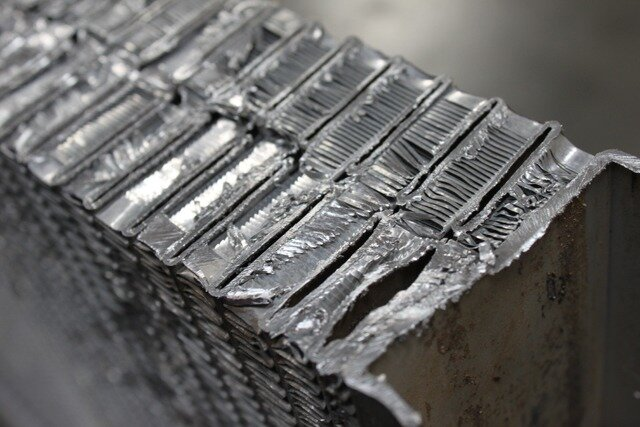As winter sets in, homeowners and property managers are faced with the challenge of keeping sidewalks and driveways safe from ice and snow. Sidewalk salt, also known as ice melt or rock salt, is one of the most commonly used solutions to this seasonal hazard. When used correctly, sidewalk salt can significantly reduce slip-and-fall accidents and maintain clear pathways.
However, it’s essential to understand how to use it safely and effectively to prevent damage to property and the environment. Read on.
How Sidewalk Salt Works
Sidewalk salt works by lowering the freezing point of water. When it is applied to icy surfaces, it disrupts the bond between ice and pavement, making it easier to remove.
The most common type of sidewalk salt is sodium chloride, the same compound found in table salt. Other common ice-melting compounds include:
- calcium chloride
- magnesium chloride
- potassium chloride
Each type varies in cost, effectiveness at different temperatures, and potential impact on surfaces and vegetation.
Benefits of Sidewalk Salt
The primary benefit of sidewalk salt is safety. Icy surfaces are hazardous, particularly for the elderly, children, and people with mobility issues.
By melting ice, salt helps prevent slips and falls, reducing the risk of injuries. Salt is also easy to apply, widely available, and relatively inexpensive, making it an accessible solution for many households and businesses.
Safe Application Tips
To ensure sidewalk salt is used effectively and responsibly, it’s important to follow some best practices:
Shovel First
Always remove as much snow and ice as possible before applying salt. This reduces the amount needed and helps the salt work faster.
Use the Right Amount
Applying more salt doesn’t necessarily mean better results. A common guideline is one cup of salt per 10 sidewalk squares. Overuse can damage concrete and nearby plant life.
Choose the Right Product
For very cold temperatures, calcium chloride may be more effective than traditional rock salt, which becomes less effective below 15°F (-9°C). Also, consider pet-safe or eco-friendly options if you have animals or are concerned about environmental impact. Make sure to consult an expert when choosing a sidewalk salt.
Sweep Up Residue
After the ice has melted, sweep up excess salt to prevent it from washing into storm drains and local waterways. This also helps protect landscaping and keeps surfaces clean for pedestrians.
Alternatives to Traditional Sidewalk Salt
While traditional sidewalk salt is effective, some people prefer alternatives to reduce environmental impact or protect sensitive surfaces. Options like sand, kitty litter, or beet juice mixtures provide traction without melting ice but don’t actually remove it.
Other eco-friendly ice melts use ingredients like calcium magnesium acetate, which are less corrosive and safer for plants and pets. Choosing the right alternative depends on your specific needs, budget, and local climate conditions.
Keep Your Sidewalk Safe During Winter
Sidewalk salt is a valuable tool for winter safety, helping to keep walkways clear and prevent injuries. By understanding the different types of salt, applying it properly, and being mindful of its environmental impact, users can strike a balance between safety and sustainability. As with many winter maintenance tools, responsible use is key to getting the most benefit with the least harm.
If you want to read more articles, visit our blog.

Dilawar Mughal is an accomplished author with a passion for storytelling. His works span various genres, from thrilling mysteries to heartfelt romance novels. With a keen eye for detail and a knack for character development, Sana Fatima weaves engaging narratives that captivate readers and transport them to new worlds.










